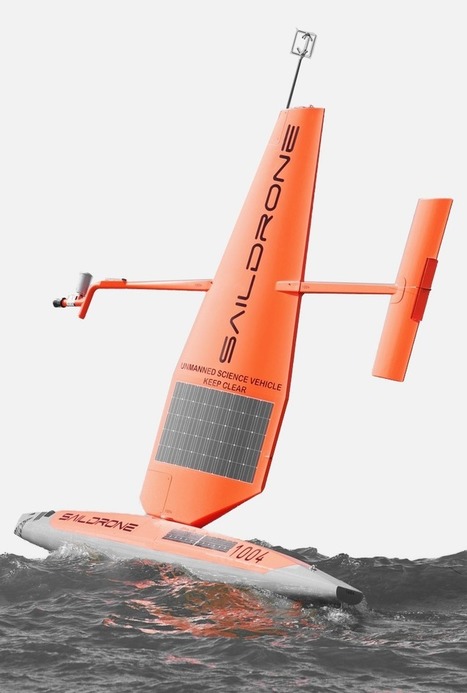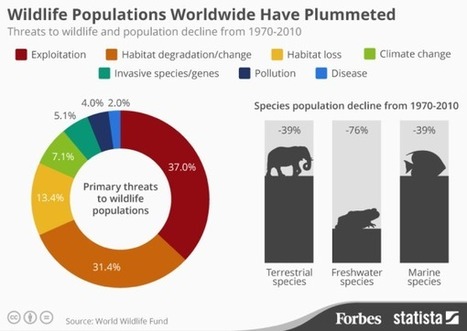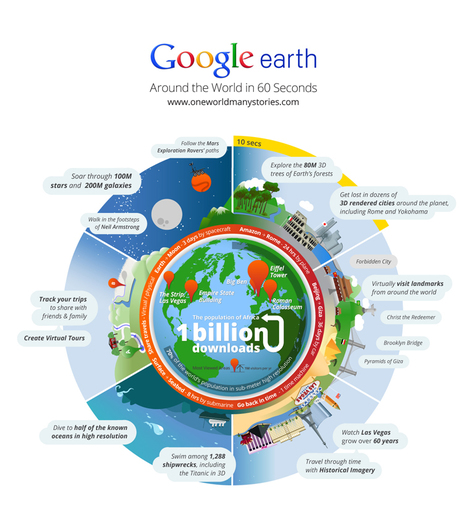SailDrone makes wind powered + solar powered ocean drones to understand planetary systems affecting humanity. The company designs, manufactures, and operates their global fleet sail-drones — monitoring the state of the planet in real time. Their data sets can be used by commercial enterprise, research institutions, or private groups on specific missions.
SailDrone is making world history by offering high resolution, ocean data collection at-scale. Their sail-drone is 20 feet long, 18 feet high above the water, weighs 600 pounds. It can operate indefinitely: the wind is propulsion that pushes it along, a solar power panel charges the batteries that run the on-board computers + communications equipment.
Via Dr. Stefan Gruenwald



 Your new post is loading...
Your new post is loading...












